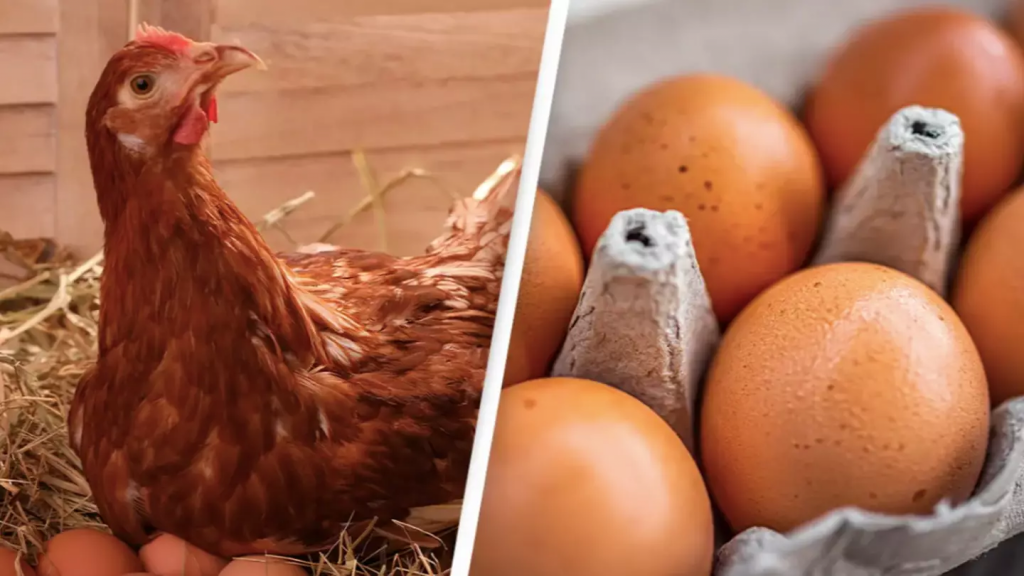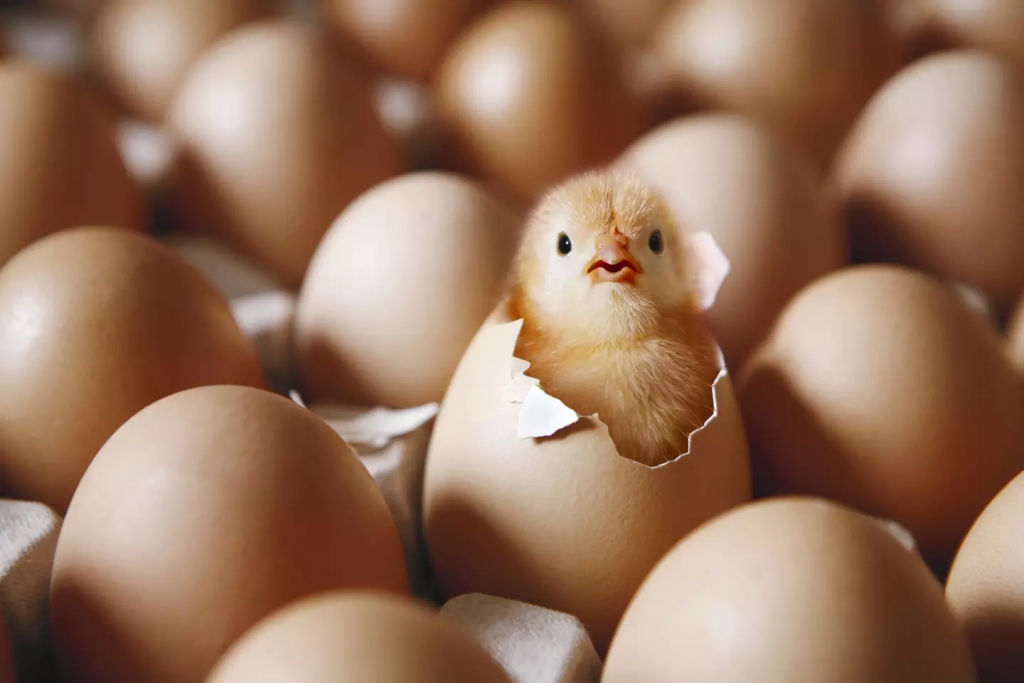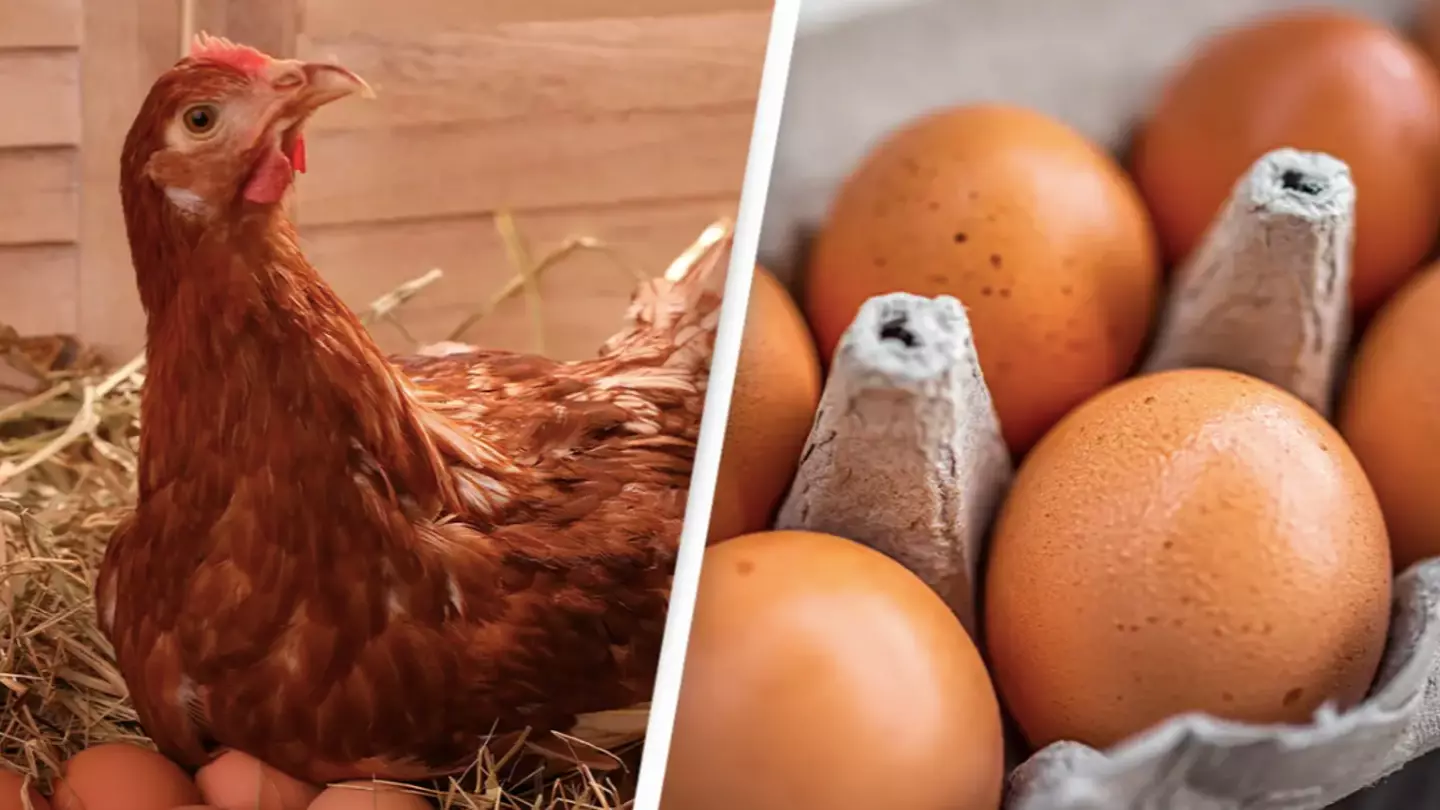The age-old debate about whether the chicken or the egg came first has intrigued people for generations. While it has been a topic of light-hearted conversation for many, scientists have approached this conundrum with a more serious lens. Recent research appears to lean toward the idea that the egg predates the chicken—a finding that reshapes our understanding of evolutionary biology.
A groundbreaking discovery made in 2017 has shed new light on this mystery. A unicellular organism, Chromosphaera perkinsii, found in Hawaii, has led scientists to believe that egg-like structures existed long before the advent of animals. This organism, thought to have appeared over one billion years ago, undergoes cell division in a manner that resembles the early stages of egg development. According to researchers at the University of Geneva, Chromosphaera perkinsii formed multicellular structures that bear striking similarities to animal embryos, suggesting that the origins of eggs may trace back to a time before multicellular animals walked the Earth.

Dr. Omaya Dudin, the lead author of the study, explained, “Though Chromosphaera perkinsii is a unicellular species, this behavior shows that multicellular coordination and differentiation processes were already present in this species, long before the first animals appeared.” The team’s research, published in Nature, explores how the early life forms transitioned from single-cell organisms to multicellular entities, providing insights into how complex life evolved.
The significance of this discovery lies in its ability to answer one of the longest-standing biological riddles. By identifying a precursor to eggs in such ancient life forms, scientists believe they have demonstrated that eggs, as reproductive structures, existed well before chickens or any other animal species.
To delve deeper into the evolutionary timeline, another study published in Nature Ecology & Evolution examined 51 fossil species and 29 living species, categorizing them into oviparous (egg-laying) and viviparous (live-bearing) organisms. This comparative analysis found that the early reptilian ancestors of chickens were viviparous, giving birth to live young rather than laying eggs. The shift from live birth to egg-laying marked a significant evolutionary transition, with hard-shelled eggs providing enhanced protection for embryos and enabling animals to adapt to diverse environments.

Professor Michael Benton from the University of Bristol provided additional context, explaining that the development of the amniotic egg—an egg with a protective shell and internal membranes—was a pivotal innovation in the history of life. Around 320 million years ago, early tetrapods evolved the ability to lay such eggs, allowing them to break away from their dependence on aquatic environments for reproduction. This adaptation not only enabled the colonization of land but also laid the groundwork for the evolutionary success of amniotes, a group that includes reptiles, birds, and mammals.
The discovery of Chromosphaera perkinsii also contributes to our understanding of the origins of multicellularity. Scientists believe that early single-cell organisms like this one paved the way for the complex life forms we see today. By studying the ancestral mechanisms of cell differentiation and coordination in these organisms, researchers have uncovered clues about how early embryos developed and how they gave rise to the diversity of life.
The evolution of egg-laying as a reproductive strategy has fascinated scientists for years. In addition to the protective benefits of hard shells, the development of eggs allowed species to spread to new environments. This shift also reflects a broader evolutionary trend: the trade-off between producing fewer, well-protected offspring (as seen in egg-laying animals) versus a larger number of less-protected offspring.

Interestingly, the origins of egg-laying trace back even further than birds and reptiles. Fossil evidence indicates that amphibians, the ancestors of amniotes, relied on water for reproduction, laying jelly-like eggs that required moisture to survive. The transition to hard-shelled eggs marked a key evolutionary milestone, enabling species to reproduce on land without the constant need for water. This innovation allowed animals to colonize drier habitats and expand their ecological niches.
Moreover, the debate over the chicken-and-egg question has also sparked interest in modern genetics and evolutionary biology. Studies on the genes responsible for eggshell formation have revealed that the proteins necessary to create a hard shell, such as ovocleidin-17, are unique to birds. However, these proteins evolved within a broader framework of genetic changes that began long before the appearance of chickens or even their dinosaur ancestors.

The broader implications of these studies extend beyond the philosophical question itself. Understanding the evolutionary origins of eggs and their role in the development of life provides valuable insights into how species adapt and thrive. These findings highlight the incredible complexity and interconnectedness of life on Earth, tracing a lineage that stretches back over a billion years.
While the chicken-and-egg debate may continue as a lighthearted conversation starter, scientific research has provided a clearer picture. The evidence suggests that eggs, as a biological structure, existed long before chickens or any other modern species. This fascinating revelation not only answers an age-old question but also deepens our appreciation for the remarkable journey of life through time.
